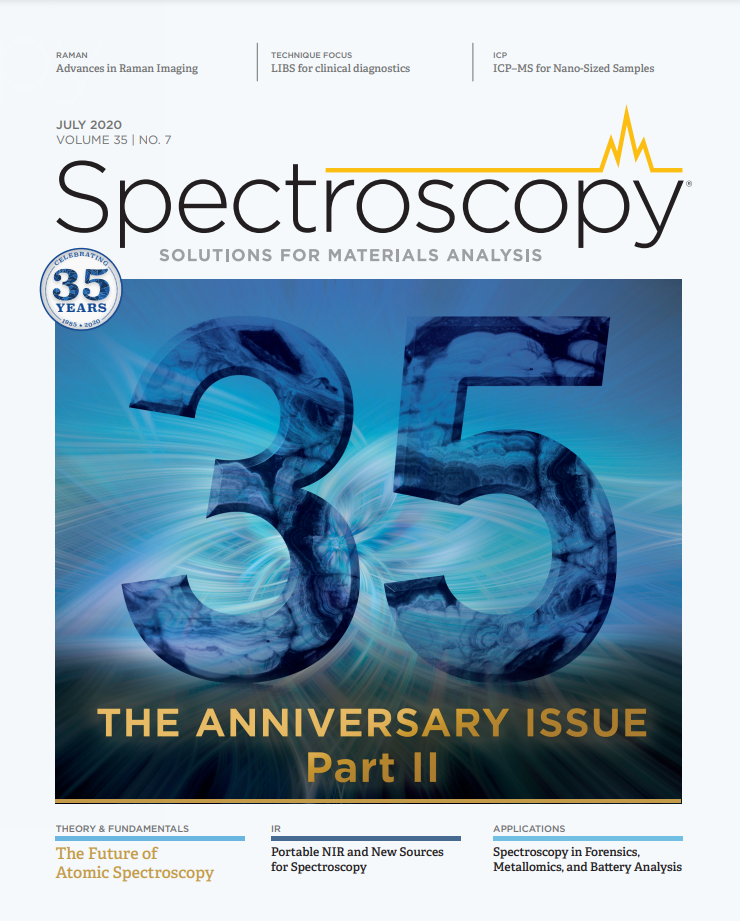A Further Leap of Biomedical Raman Imaging
In the past decades, we have witnessed the evolution of imaging technologies based on vibrational spectroscopy. In particular, the technical developments in Raman, coherent anti-Stokes Raman spectroscopy (CARS), and stimulated Raman scattering (SRS) microscopy allow researchers to gain new insights in biological, medical, and pharmaceutical studies.
Although the concept of Raman imaging was proposed many years ago, the evolution in ultrafast laser technologies, high-sensitivity detectors, and ultrafine optical components provided ways to boost the weak Raman signal so that we can fully utilize the power of Raman spectroscopy in microscopy analysis.
Raman imaging has already been recognized as a new imaging modality in research fields that can compensate for the biological information lost in the observation using conventional techniques. The capability of detecting molecular vibrations in Raman microscopy has enabled label-free imaging of sample morphology in three-dimensional (3D) and comprehensive analysis of intrinsic molecules. These characteristics allow the investigation of untreated biological samples under physiological conditions, leading toward the realization of anticipated biomedical applications, such as intraoperative rapid diagnosis and tissue or cell qualification for regenerative medicine and drug discoveries. Raman microscopy provides unexplored spectroscopic insights into biological samples that attract scientists to invent new tools for biomedical studies.
Raman microscopy has brought new strategies for labeling molecules. Functional groups that exhibit Raman peaks in the so-called silent region can be used to label small molecules and observe them by Raman microscopy. Small molecules, such as nucleic acids, lipids, drugs, and so on, were not observable using fluorescent probes, which are typically larger than the targets. Furthermore, the narrow emission spectrum of a Raman tag has enabled super multiplex imaging of intracellular molecules or structures. The Raman tag technique expanded the toolkit for imaging molecules in biological samples.
Currently, we have several different tools for Raman imaging, but still need technology developments, especially improvements in sensitivity. Although there are many techniques for boosting the signal, detecting low concentration molecules (<100 µM) is difficult. Using surface-enhanced Raman scattering (SERS) would be a promising route to enhance sensitivity. However, the fluctuation of signal intensity and Raman peak positions hinders the expansion of applications. This issue might be solved by using the power of computation that is continuously being developed. Increased computational power also benefits the interpretation of complex Raman spectra from biological samples, and, for this purpose, it is necessary to build a reliable database of Raman spectra of biological samples in various layers, from molecules to tissues. The recent development of quantum cascade lasers has made it easy to perform infrared absorption imaging, which might be a solution for detecting low-concentration molecules using vibrational contrasts.
Another important issue in Raman microscopy is usability. Many studies using Raman spectroscopy or microscopy require professionals in spectroscopy for the operation of instruments and interpretation of spectra. The cost of Raman microscopes is relatively high (especially to buy or even build coherent Raman microscopes). Technology developments for low-cost Raman microscopes and improving usability, including development of spectral databases and spectrum analysis software, are important to enable biomedical Raman imaging to leap forward to become a standard tool in biomedical science and industry.

Katsumasa Fujita is a professor in the Department of Applied Physics at Osaka University, in Osaka, Japan. Direct correspondence to fujita@ap.eng.osaka-u.ac.jp

AI-Powered SERS Spectroscopy Breakthrough Boosts Safety of Medicinal Food Products
April 16th 2025A new deep learning-enhanced spectroscopic platform—SERSome—developed by researchers in China and Finland, identifies medicinal and edible homologs (MEHs) with 98% accuracy. This innovation could revolutionize safety and quality control in the growing MEH market.
New Raman Spectroscopy Method Enhances Real-Time Monitoring Across Fermentation Processes
April 15th 2025Researchers at Delft University of Technology have developed a novel method using single compound spectra to enhance the transferability and accuracy of Raman spectroscopy models for real-time fermentation monitoring.
Nanometer-Scale Studies Using Tip Enhanced Raman Spectroscopy
February 8th 2013Volker Deckert, the winner of the 2013 Charles Mann Award, is advancing the use of tip enhanced Raman spectroscopy (TERS) to push the lateral resolution of vibrational spectroscopy well below the Abbe limit, to achieve single-molecule sensitivity. Because the tip can be moved with sub-nanometer precision, structural information with unmatched spatial resolution can be achieved without the need of specific labels.